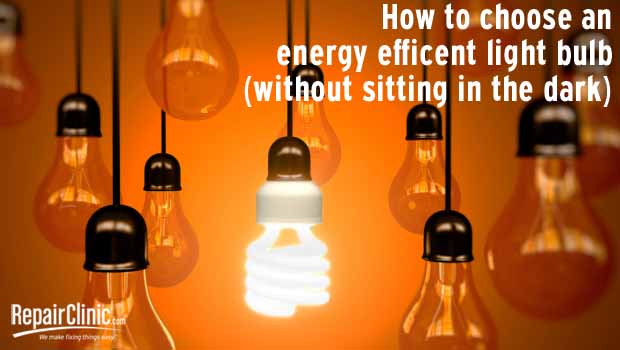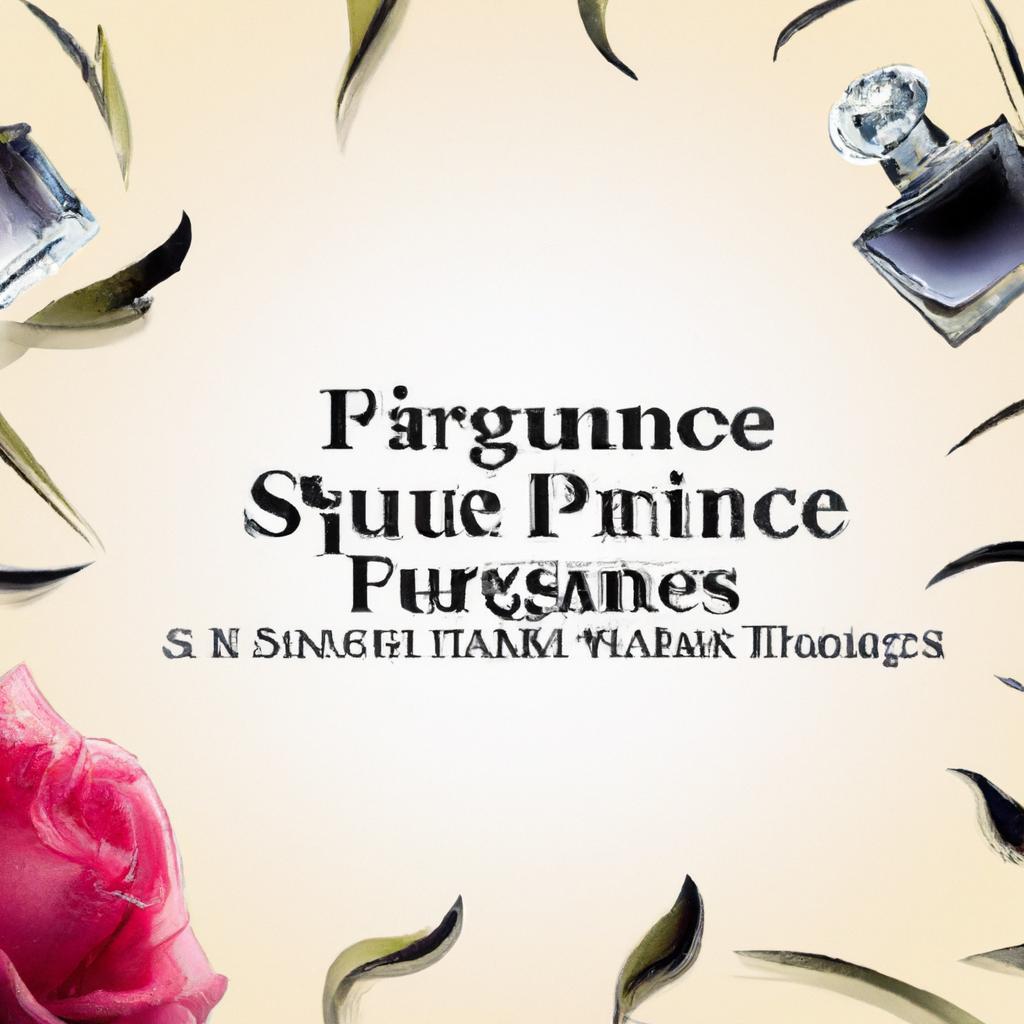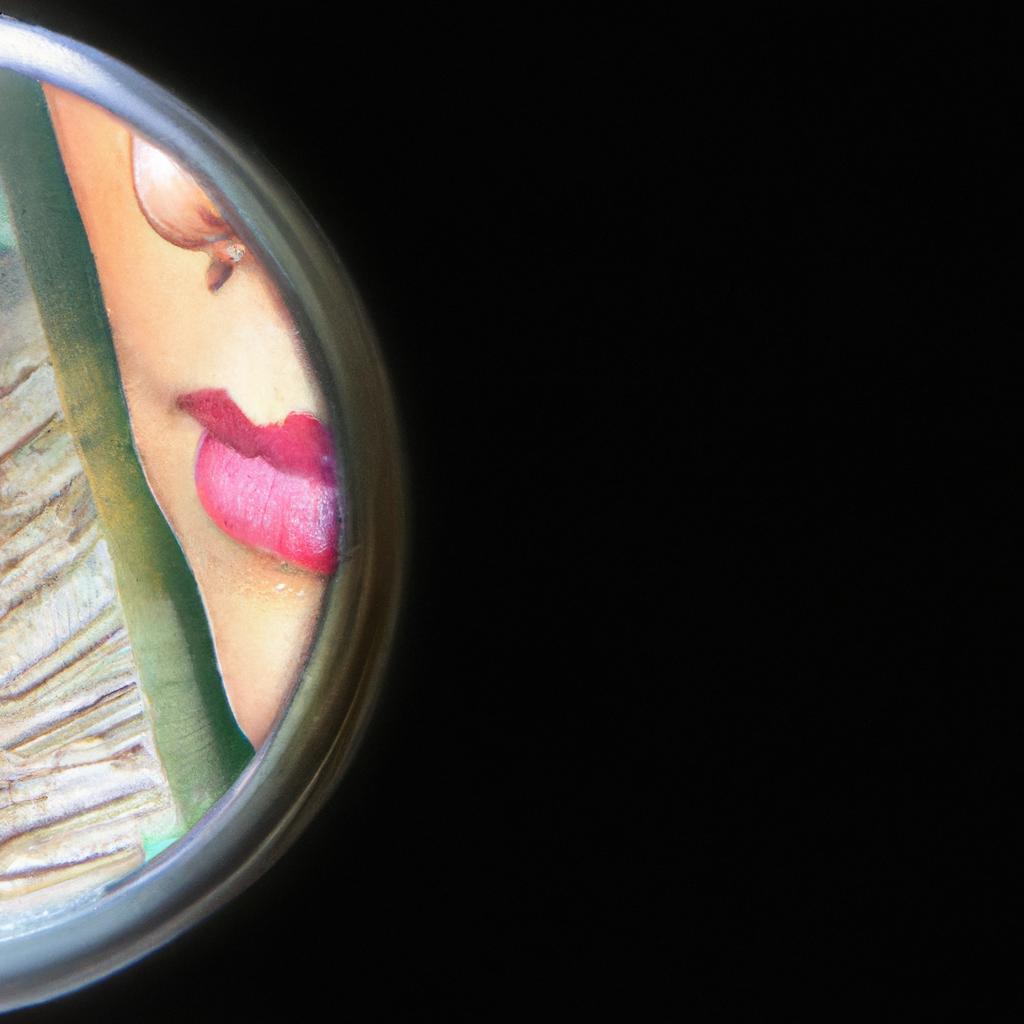
The recent phasing out of incandescent light bulbs has numerous people scratching their heads trying to figure out what the best alternative is (or they're stock piling incandescent bulbs). In the past, you could tell if someone had installed CFLs within their home because you couldn't see anything upon entering their abode. LEDs had the alternative effect – they were cold and harsh towards the eyes. However, the light bulb market has opened up and CFL and LED light bulbs have come a long way and there are actually some very good alternatives to the incandescent light bulb. The best way to assist you in weighing your choices is to get you familiar with some of the terms in the lighting world.
Wattage: indicates how much power a light bulb uses. This measurement is often used by consumers to figure out the brightness of the bulb, but this is incorrect because not all light bulbs convert wattage into visible light as efficiently as others. This is when lumens come in.
Lumens: a measure of visible light emitted by a source. This number indicates the particular brightness of the bulb.
Luminous Efficacy: This is a measurement of how efficiently a light source converts power into visible light, or wattage into lumens.
Color temperature: A characteristic of visible light which measures the colour that a light source produces. This ranges from low (warm and yellow/orange) to high (cold and blue).
We've become used to looking at wattage as a determination to how bright a bulb will probably be. Now with different technologies on the market, wattage should no longer be used when figuring out brightness. Wattage only reflects just how much power is being used. Lumens tell how bright a bulb is going to be.
Here is some handy information from EnergyStar.gov about how exactly many lumens your old incandescent bulbs released:
- 40 watt incandescent bulb – > 450 lumens
- 60 watt incandescent bulb – > 800 lumens
- 75 watt incandescent bulb – > 1,100 lumens
- 100 watt incandescent bulb – > 1,600 lumens
- 150 watt incandescent bulb – > 2,600 lumens
So when searching for a replacement bulb similar to the bulbs you're used to, keep this chart in mind.
The other thing to keep in mind when picking out bulbs may be the color temperature. The color temperature scale is measured in Kelvin and for light bulbs ranges from around 1,000K to 10,000K. Incandescent lights, which have a “warmer” tone, actually reside on the lower end of the scale at approximately 1,800K. So if you're looking to replace your light bulbs which a bulb with a similar color temperature, search for something in that range. If you want more “direct sunlight,” search for something around 4,800K. Bear in mind, the higher on the scale you receive, the “cooler” the color temperature. In the high end of the scale the sunshine will look blue, similar to how all Leds looked when they first came onto the market. These days, however, it is possible to purchase LEDs and CFLs in all color temperatures.
When it comes to purchasing new bulbs, it is completely up to the preference of the buyer. LEDs typically last longer (some last up to 25 years!), use less power (thus costing less), are durable and get their highest brightness the 2nd they are turned on. CFLs have a shorter lifespan (but still significantly longer than incandescent), use a bit more power (also still not nearly as expensive incandescent), are very breakable and take a little while to achieve their highest brightness. The upside of CFLs is that they better imitate the light made by incandescent light bulbs we are all used to within our homes.
The best advice we can give with regards to light bulbs is to just buy a couple different light bulbs and try them out. It is all dependent on preference. In the last couple of years, the costs of LED and CFL bulbs have drastically dropped, which makes it less expensive to test your options.
What has your experience been with these light bulb options? Let us know in the comments below.

















